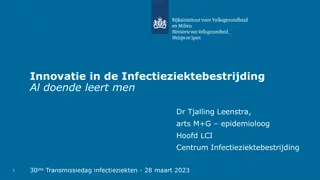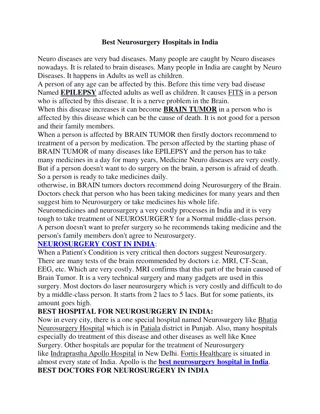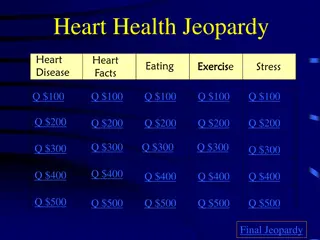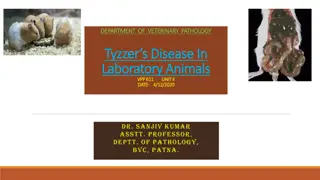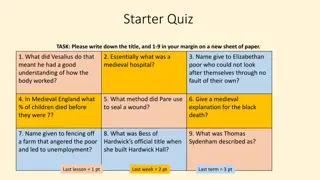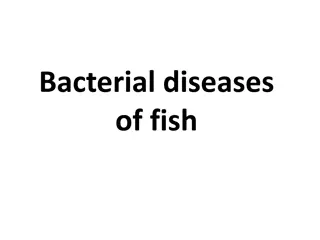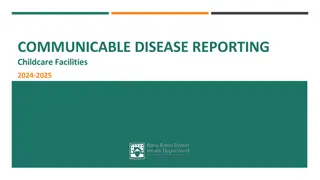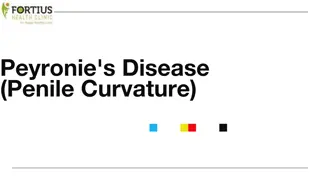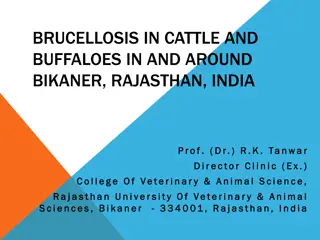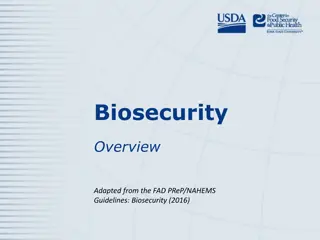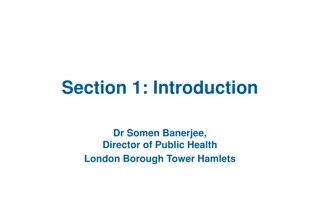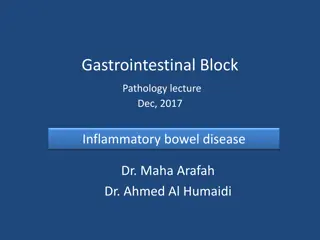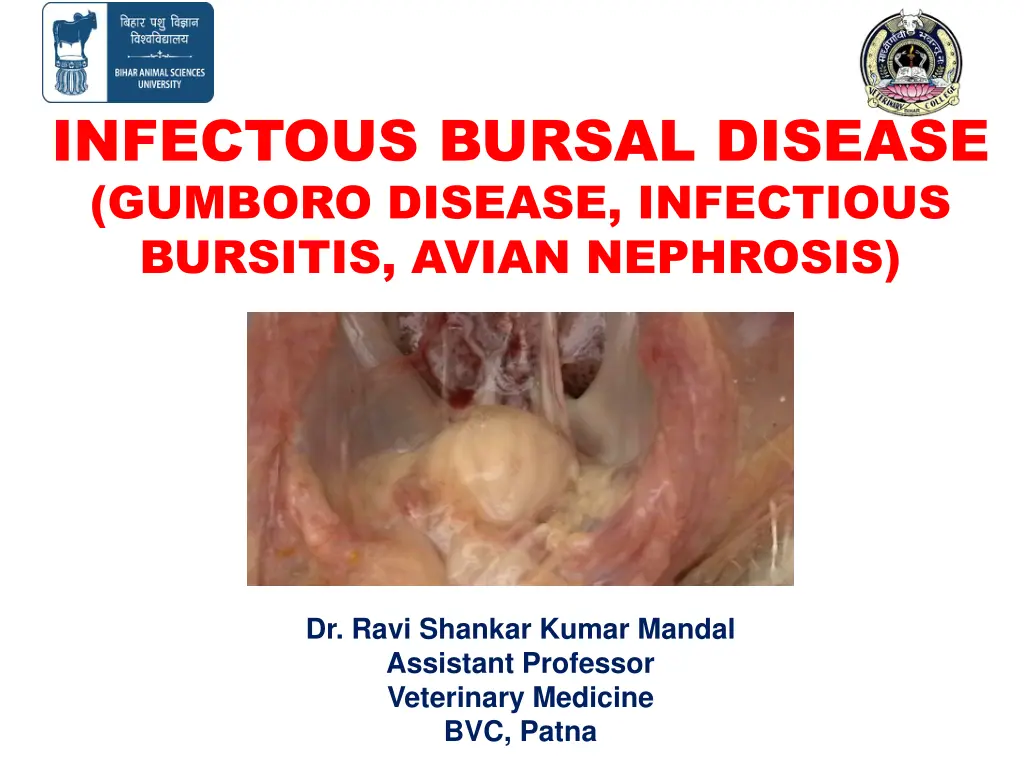
Understanding Infectious Bursal Disease in Poultry
Learn about Infectious Bursal Disease (IBD) in poultry, a highly contagious viral infection affecting chickens worldwide. Explore its etiology, clinical findings, transmission, and more to enhance your understanding of this disease.
Download Presentation

Please find below an Image/Link to download the presentation.
The content on the website is provided AS IS for your information and personal use only. It may not be sold, licensed, or shared on other websites without obtaining consent from the author. If you encounter any issues during the download, it is possible that the publisher has removed the file from their server.
You are allowed to download the files provided on this website for personal or commercial use, subject to the condition that they are used lawfully. All files are the property of their respective owners.
The content on the website is provided AS IS for your information and personal use only. It may not be sold, licensed, or shared on other websites without obtaining consent from the author.
E N D
Presentation Transcript
INFECTOUS BURSAL DISEASE (GUMBORO DISEASE, INFECTIOUS BURSITIS, AVIAN NEPHROSIS) Dr. Ravi Shankar Kumar Mandal Assistant Professor Veterinary Medicine BVC, Patna
INFECTIOUS BURSAL DISEASE (IBD) Infectious bursal disease (IBD) is highly contagious disease, seen in domestic chickens worldwide It can present as a clinical or subclinical disease, but irnmuno- suppression and related secondary infections are typically seen Severity of immunosuppression depends on the virulence of the infecting virus and age of the host First time recorded in Gumboro area of U. S. A by Cosgrove ETIOLOGY :Birna virus, dsRNA Virus 2 main serotypes i.e. serotype 1 and 2 serotype 1 produces disease in chicken Antigenic drift is largely responsible for antigenic variation Serotype 2 strains of the virus infect chickens and turkeys but have not caused clinical disease
TRANSMISSION Mainly oro fecal route but may be by conjuctiva or respiratory route Affected birds excrete the virus in feces for 10-14 days Virus is very stable Remains highly infectious for many months (up to 122 days) in the poultry house environment Mealworms and Aedes vexan (Mosquito), personnel handling birds, equipment, vehicles act as carriers of infection No vertical transmission Incubation period is very short Clinical signs within 2-3 days post infection
CLINICAL FINDINGS CLINICAL FINDINGS Infections before 3 wk of age are usually subclinical Early subclinical infections destruction of immature lymphocytes in the bursa of Fabricius, thymus, and spleen long-lasting immuno-suppression do not respond well to vaccination and are predisposed to infections with normally nonpathogenic viruses and bacteria Chickens are most susceptible to clinical disease at 3-6 wk of age when immature B cells populate the bursa and maternal immunity has waned Humoral (B cell) immune response is most severely affected Cell-mediated (T cell) immnune response is affected to a lesser extent
CLINICAL FINDINGS CLINICAL FINDINGS Severe prostration, incoordination, watery diarrhea, soiled vent feathers, vent pecking, and inflammation of the cloaca Flock morbidity is typically 100 %, and mortality can range from 5%- 20 %
LESIONS Initially swollen bursa followed by atrophied bursa with hemorrhage in its inner surface Swollen kidney and pale due to urates Hemorrhages in thigh and breast muscles and also under the skin, at the junction of proventriculus and gizzard
DIAGNOSIS DIAGNOSIS Isolation of virus Infective materials inoculated in CAM in 9-11 day old chick embryo leading to death in 3-5 days with mottled liver and kidney and congested lungs Molecular diagnostic assays: Reverse Transcriptase-PCR Serological test IF, AGPT, VN , ELISA VN test is a choice method of measuring IBDV antibodies P M findings
TREATMENT : No treatment. PREVENTION and CONTROL : Rigorous disinfection of contaminated farms after depopulation has achieved limited success Disposal of litter, dead birds, used gunny bags, curtains, and other disposables by incineration or deep burial with slaked lime Restricting vehicular moments with crates, egg trays, and culled birds Treating feeders, and waterers with 5% formalin. Fumigating new poultry sheds with Formalin fumes Restricting personell to their sheds for work Vaccination Primary vaccination with mild or intermediate strain after 2 weeks Booster vaccination with intermediate strain (live) after 5 weeks Vaccination of breeder stock and seromonitoring by hatcheries to ensure adequate levels of maternal antibodies in the chicks.

